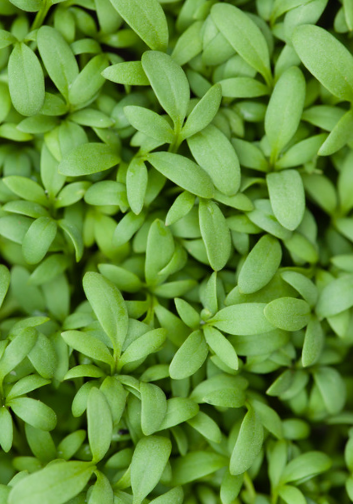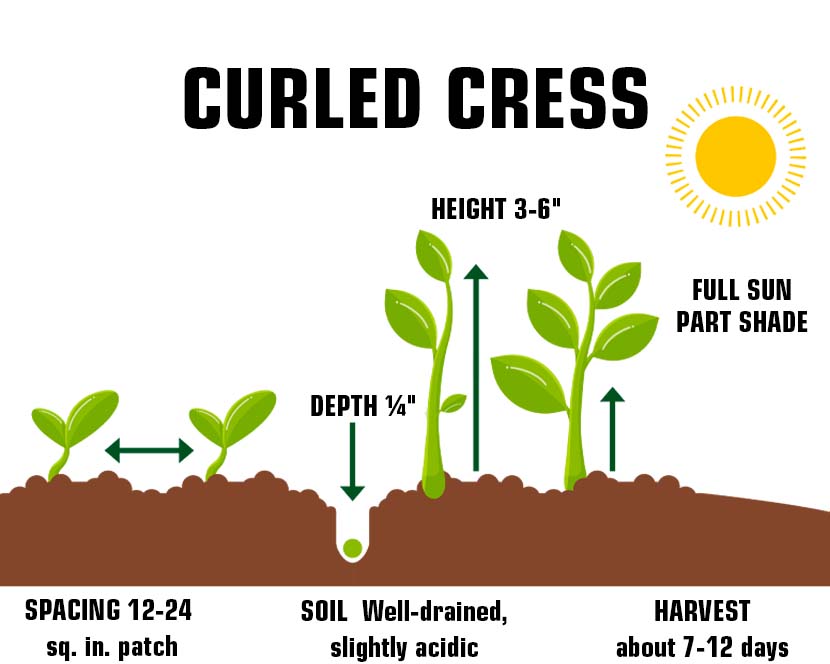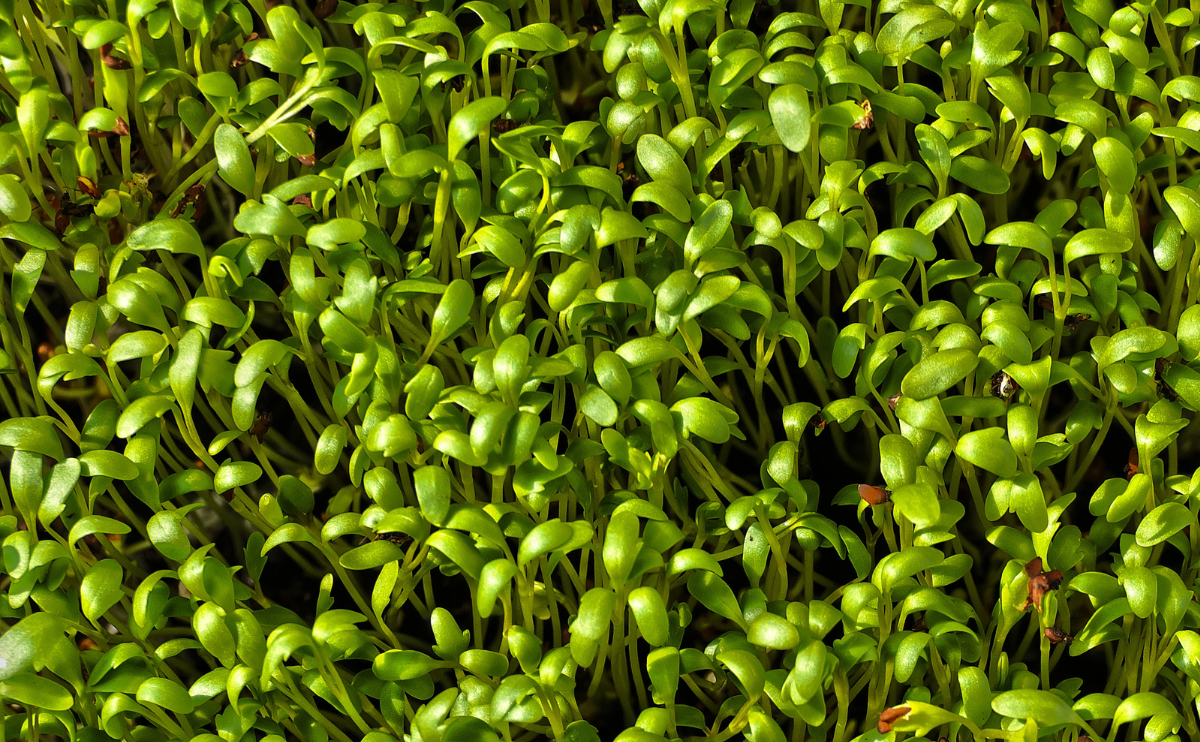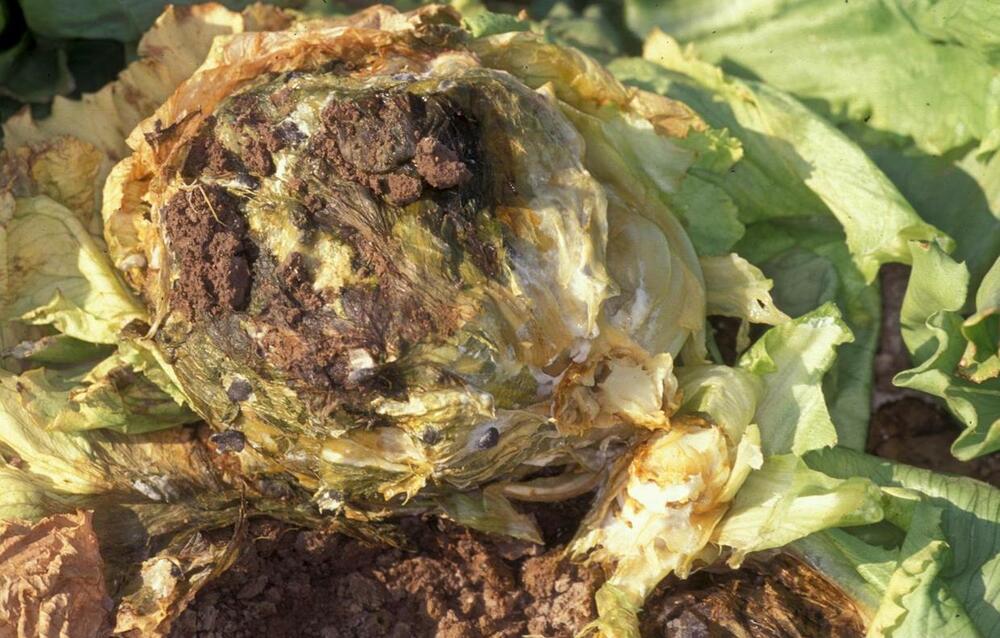Garden cress also called broadleaf cress–and other cresses: curly cress and watercress–are quick-growing cool-weather vegetables. Cresses grow easily from seed and also can be propagated from stem pieces or cuttings. Cress will sprout on water-soaked paper towels or cotton.

| Common Name | Garden Cress |
| Botanical Name | Lepidium sativum |
| Family | Cruciferae |
| Plant Type | Annual, vegetable |
| Size | 4–8 in. tall and wide |
| Sun Exposure | Full sun, partial sun |
| Soil Type | Loamy, rich, well-drained |
| Soil pH | Acidic, neutral (6 to 7) |
| Bloom Time | Seasonal |
| Hardiness Zones | 2a–11b (USDA) |
| Native Area | Mediterranean |

When to Plant?
This will be determined by your planting zone. There is a final frost date for each area. As a result, you can plan your gardening activities around this date. Check our Frost Dates Across North America: First & Last Frost Dates Chart. However, the date will not be the same for every plant.
How to Plant
Plant in early spring as soon as you can work the soil. Broadcast seed and cover very lightly with soil or compost. A small patch (1- to 2-feet square) provides plenty of cress.
Make succession plantings every 2 to 3 weeks until the weather warms. Start planting fall crops when weather cools in late summer.
You can intercrop cress with carrots or radishes, or mix it with other salad green crops. Keep cress well watered and provide shade when weather warms.
Cover with fabric row covers if flea beetles or other pests are a problem.

How to Cultivate
Curled Cress grows nearly anywhere, but it prefers rich, moist, well drained soil and full sun or partial shade. Since it is a cool weather plant and excess heat tends to give the leaves a bitter taste, it should be grown in the spring and fall in most areas. After the last spring frost or in late summer, direct sow the seeds 1/4″ deep in rows 6″ apart, thinning to 3-6″ apart when the seedlings appear. If planning to harvest cress at a small size, the plants can be spaced 2-3″ apart. Keep the ground moist for the best growth. For a continuous harvest, sow a new crop every 10 days. Cress also grows well indoors for sprouting, since it does not need soil for germination.
How to Harvest
Cut or pinch out cress tips as needed, cut-and-come-again. Begin cutting plants when they reach 3 to 4 inches tall. Plants cut back to ½ inch will quickly regrow. Cress is most tender at the early seed-leaf stage; harvest cress well before it matures. Sprouts can also be used fresh.
Hydroponics
Germination: Soak Curled cress seeds in water for 24 hours before sowing. Place the soaked seeds in a small pot filled with a germination medium like rockwool or coco coir. Water the seeds regularly and keep the pot in a warm and well-lit area. The seeds should germinate in about 1-2 days.
pH range: The pH range for hydroponic Curled cress should be between 6.0-6.5. Maintaining the correct pH level is important for the plants to absorb the necessary nutrients.
EC: The electrical conductivity (EC) level should be maintained at around 1.0-1.5 mS/cm for hydroponic Curled cress. This helps to ensure that the plants receive the right amount of nutrients.
PPM: The parts per million (PPM) for hydroponic Curled cress should be around 600-1000 ppm. This measures the concentration of nutrients in the water solution.
Humidity: The humidity level should be maintained at around 40-60% for Curled cress to grow properly. This can be achieved by using a humidifier or by placing a tray of water near the plants.
Light hours: Curled cress requires about 12-16 hours of light per day for optimal growth. You can use artificial lights like LED grow lights to provide the necessary light if natural light is not available.
Temperature air: The air temperature should be maintained at around 18-22°C (64-72°F) during the day and around 15-18°C (59-64°F) at night for Curled cress to grow well.
Temperature water: The water temperature should be maintained at around 18-22°C (64-72°F) for hydroponic Curled cress. This helps to ensure that the plants absorb the necessary nutrients.
Overall, growing Curled cress hydroponically can be a rewarding experience, and following these guidelines can help you grow healthy and vibrant plants.



